Belgian GP: Preview of the race at Spa, arguably F1's best track
- Published

A furious Sebastian Vettel complained about tyre safety when one of his rear tyres exploded with two laps to go at Spa last year
Spa. Marvellous, moody, magnificent.
The 4.3 miles of race track that cascade around the Ardennes forests in eastern Belgium have a special place in motor racing history. Put simply, they form arguably the best race track on the planet.
Perhaps Suzuka in Japan has supplanted it as a grand prix circuit now that aerodynamics have neutered some of the corners that make Spa great. But there is still nothing quite like this place.
"It feels like you're going somewhere," Mark Webber once said of it, which is no surprise given what is now a permanent race track is made up of what were once normal roads.
Except 'normal' is completely the wrong word for it.
Unlike so many modern tracks, built as they usually are on featureless wasteland with any elevation change often artificial, Spa follows the contours of the mountains that host it.
As such, it is a link to the very soul of Formula 1, which emerged in 1950 as a development of European road racing in the first half of the century.
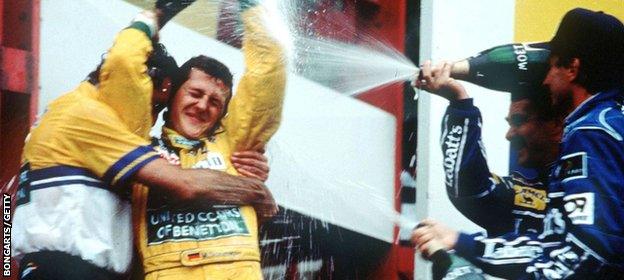
Michael Schumacher won his first grand prix at Spa in 1992 and his six victories there are the most at the Belgian track
That was the point of it, at the beginning. Take the fastest cars possible onto circuits made of ordinary roads, and test them and their drivers to their limits.
At Bahrain or Shanghai, the new Hockenheim or Abu Dhabi, this lineage is almost invisible. At Spa, it's tangible.
Originally, it was even more extraordinary than it is now. A ludicrously fast eight miles that was surpassed only by the Nurburgring Nordschleife - not far away in what are essentially the same mountains and forests - as a challenge for man and machine.
So fast and dangerous was the old Spa that its abandonment on safety grounds came in 1970, six years before the Nurburgring was deemed too dangerous.
The Belgian Grand Prix spent 13 years at unloved Nivelles and Zolder before a shortened and re-shaped Spa hosted the race again in 1983.
The circuit has remained essentially unchanged since. The 'new' Spa is half of the original track, including the famous 'Eau Rouge' and 'Blanchimont' corners, with a new section that cuts it in half but still retains its character.
These days, Eau Rouge/Raidillon is still an incredible rollercoaster ride of a challenge, but it's 'easy flat' in most conditions in a modern F1 car.
That said, 'easy' is another unsuitable word for a corner that features a downhill left, a flick right through a compression, a hill so steep you can barely walk up it, and culminates in a left over a crest, all taken at close to 190mph.
Nevertheless, its place as Spa's greatest corner has been taken by Pouhon - a super-fast, downhill double-left-hander in the new section.
Head out there of a morning and if it's sunny, the mountain mists still hang in the pines. If it's not, well, it is Spa, so you would have expected some rain.
Stand on the entry, taken north of 150mph, and be in awe of arguably the most evocative circuit in F1.

Ferrari have lost around one 10th of a second to Mercedes in qualifying in the past year, but Red Bull have closed the gap by almost half a second
The circuit map
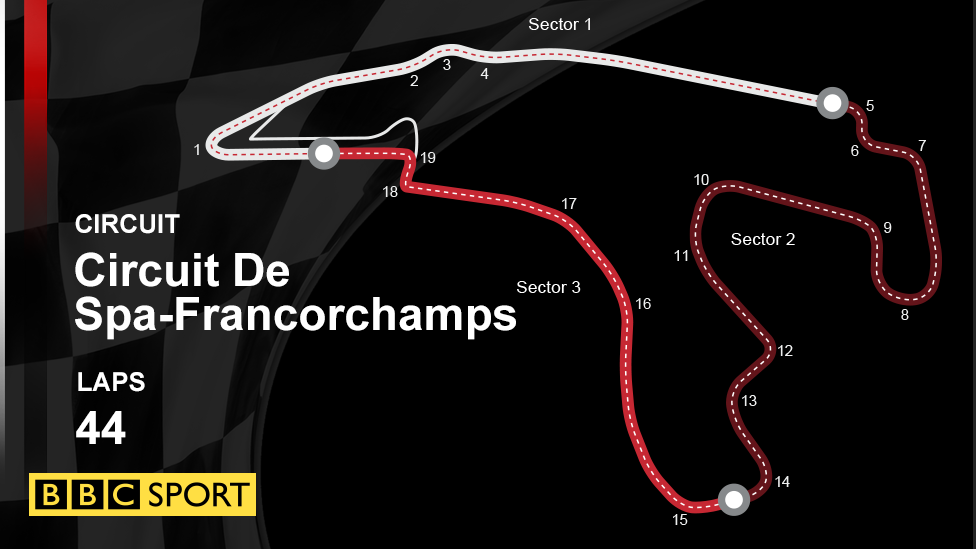
The treacherous Eau Rouge/Raidillon runs from turns two to four
The original Eau Rouge
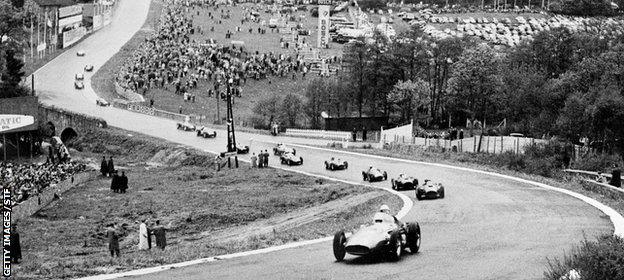
This is how the famous Eau Rouge sweep looked in 1956
And how it is today
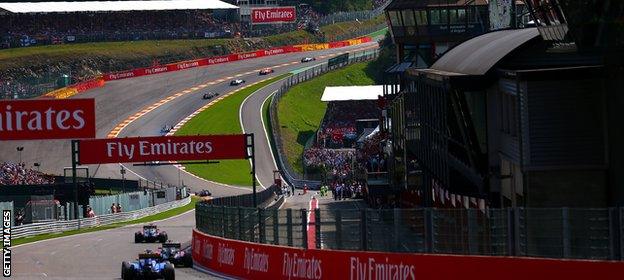
A reverse view of today's Eau Rouge section, which takes its name from the red-coloured stream that runs nearby
What Eau Rouge has done to drivers

The corner is notoriously tricky, with Jacques Villenueve (pictured) and BAR team-mate Ricardo Zonta failing to handle it in 1999
How, exactly, did you do that?
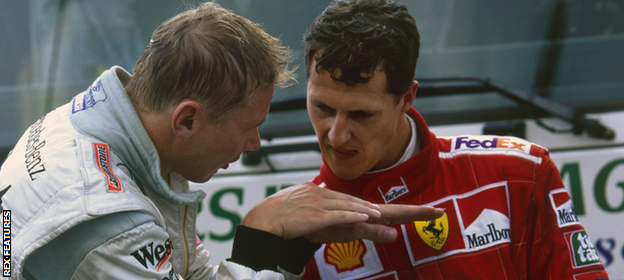
At the 2000 Belgian GP, Mikka Hakkinen's overtaking manoeuvre on Michael Schumacher at Spa was so impressive that the German was interested in the Finn's explanation of how he did it
Fangio's fandango in Spa
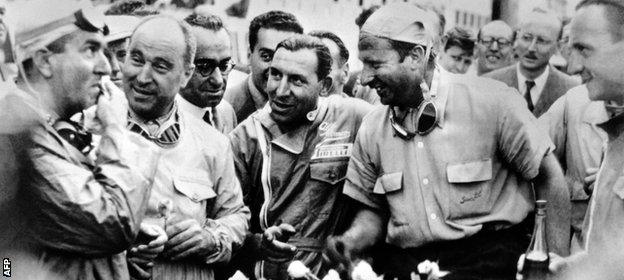
Spa featured in the first F1 World Championship in 1950, with Argentina's Juan Manuel Fangio (second left) winning the race. Here, the five-time world champion is chatting to that year's eventual title winner, Nino Farina
When Ferrari went back in time
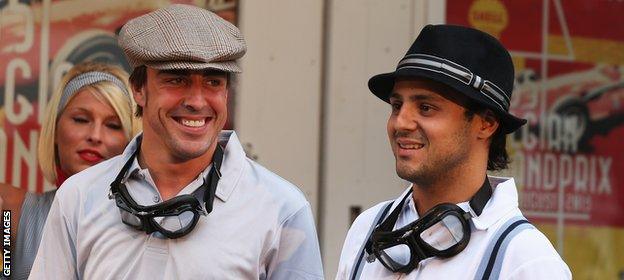
Speaking of the 1950s, in 2013 Fernando Alonso and Felipe Massa got dressed up in gear from F1's inaugural decade for a photo shoot in Spa - it was the last season the pair would drive together at Ferrari
Vandoorne continues legacy
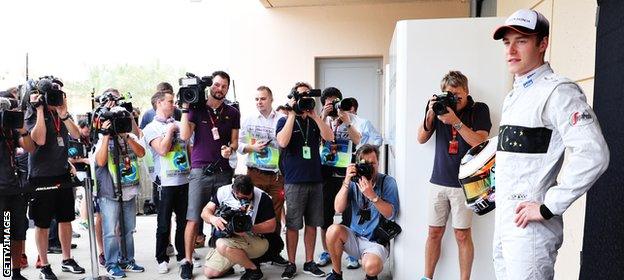
When Stoffel Vandoorne replaced injured McLaren driver Fernando Alonso at Bahrain in April, he became the first Belgian to race in a grand prix since Jerome d'Ambrosio at Monza in September 2012
A day of carnage, but survival
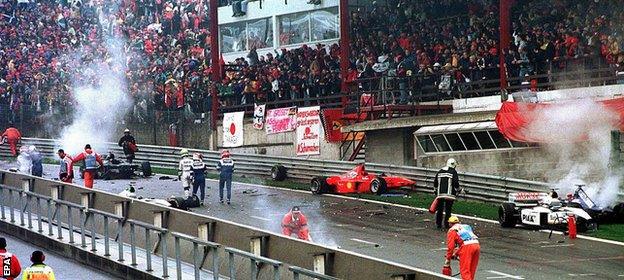
The 1998 Belgian Grand Prix was one of the most chaotic in history. In typically wet Spa conditions, David Coulthard's spin on the first lap took out 13 cars - fortunately, and remarkably, nobody was seriously hurt
A beautiful first
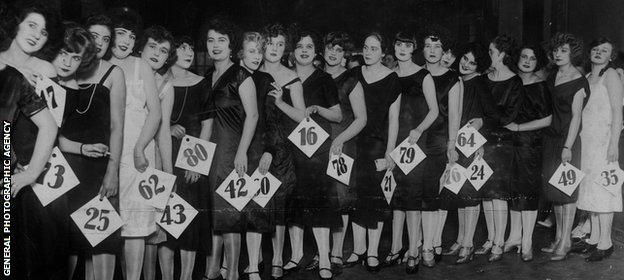
Spa has hosted more than just F1; it is thought to have staged the world's first modern beauty pageant in 1888, with an 18-year-old from Guadeloupe - Marthe Soucaret - named "the most beautiful girl on the planet" in a forerunner to contests such as this one in Berlin in 1925
Subscribe to the BBC Sport newsletter, external to get our pick of news, features and video sent to your inbox.
- Published21 August 2016
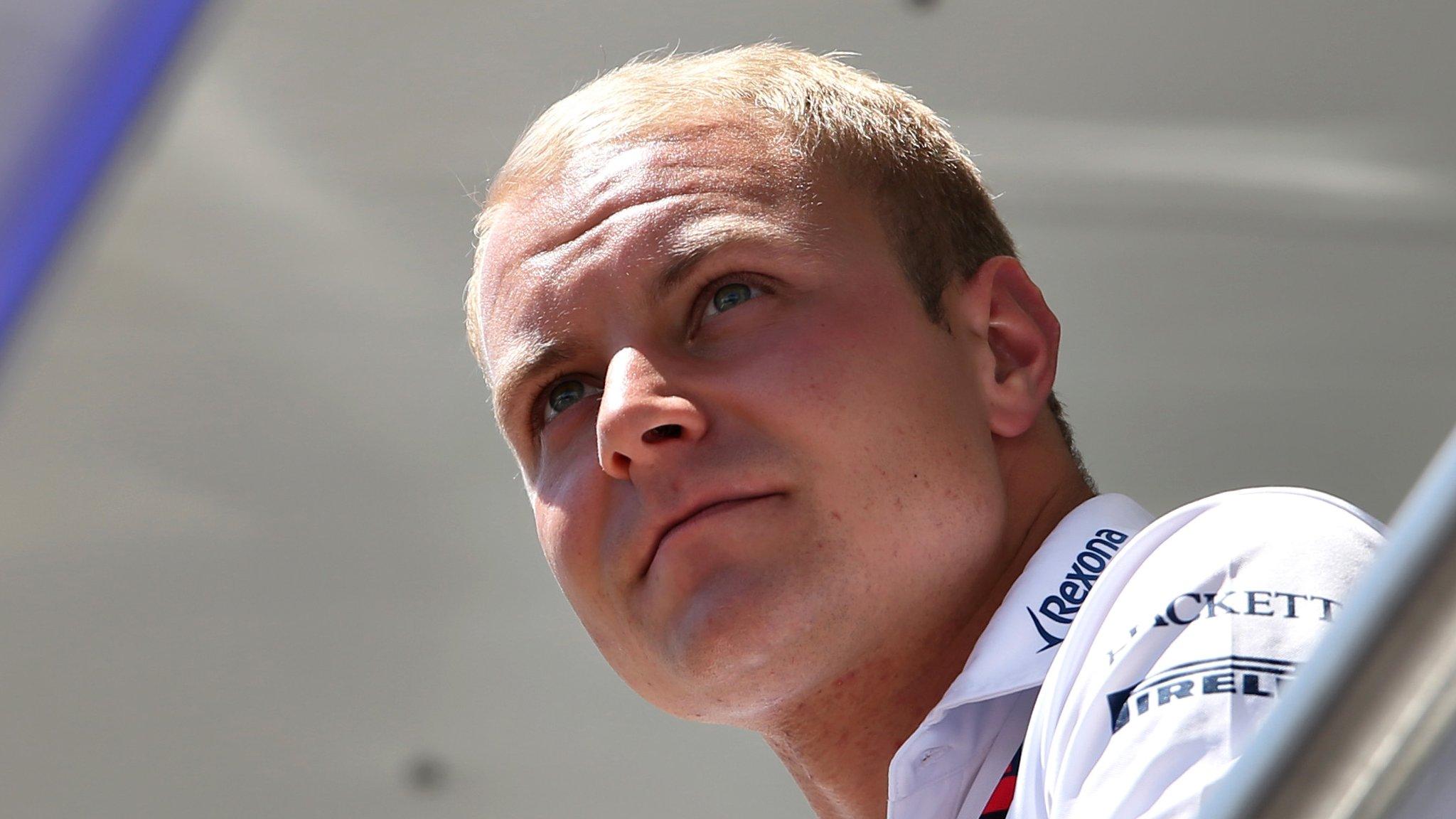
- Published22 August 2016

- Published18 December 2015

- Published8 August 2017

- Published13 May 2016

- Published26 February 2019
